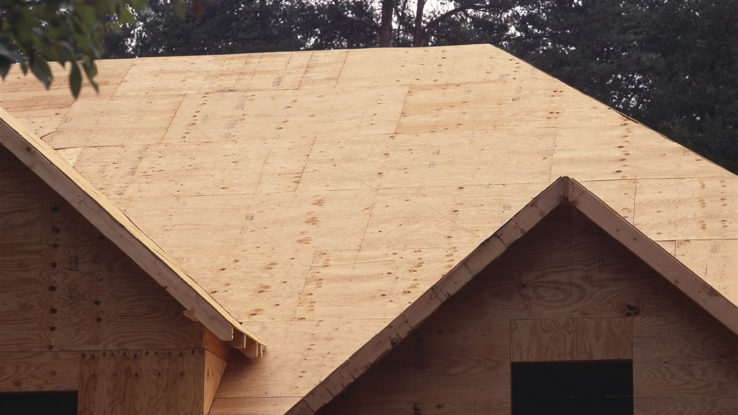This occurs when the temperature of the sheathing drops below the dew point creating a thin layer of moisture on the substrate.
Green mold on underside of roof sheathing.
Generally tearing off a roof and roof sheathing and perhaps roof framing to remove mold would not be sensible nor cost justified.
Attic spaces are one of the most common places in a home for mold to be found growing.
The mold itself may have a cottony texture but can also be velvety leathery or.
One puzzling aspect of the phenomenon is that the mold is found in well built homes that comply with all relevant building codes.
When it s cold enough outside water vapor in an attic with improper ventilation can freeze on the underside of your roof.
Due to the stack effect warm air rising this moisture slowly migrates toward the attic.
The presence of mold in your attic is often the result of poor ventilation insufficient insulation moisture from a roof leak or improper venting from your bathrooms or kitchen.
Increasingly homeowners in the pacific northwest are noticing mold on the underside of their roof sheathing.
Showering cooking laundry even just breathing adds water vapor into the air.
After several years of this there may be.
Frost buildup on the underside of the roof sheathing in winter.
This phenomenon occurs in vented attics and is more common in new homes than old homes.
Mold usually causes a musty odor and may cause staining that may be black brown gray white yellow or green.
This latter phenomenon occurs when the house is too humid and the warm moist air seeps into the attic where it condenses and freezes on cold attic areas.
In the vast majority of cases the mold growth is caused by condensation.
While this is easy to spot by the time you see it mold may have already begun to grow.
Mold growth on attic roof sheathing is a common issue in cool climates such as the pacific northwest.
Mold on the underside of roof sheathing is also very common.
In most cases the moisture that causes the condensation on the roof sheathing is from occupant activity in the home below.
There s an underlying moisture issue that needs to be resolved because mold requires moisture to grow and spread.




























